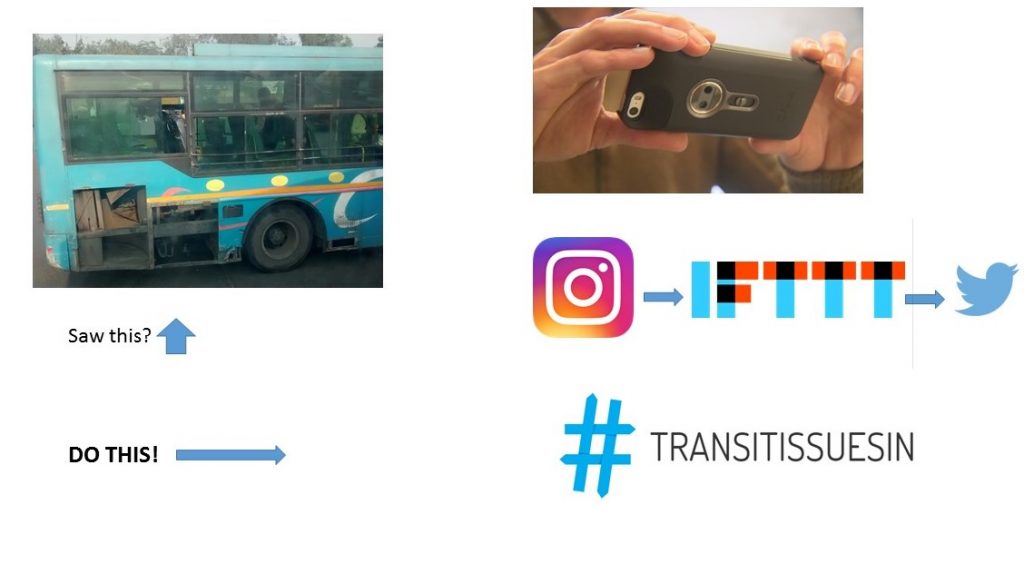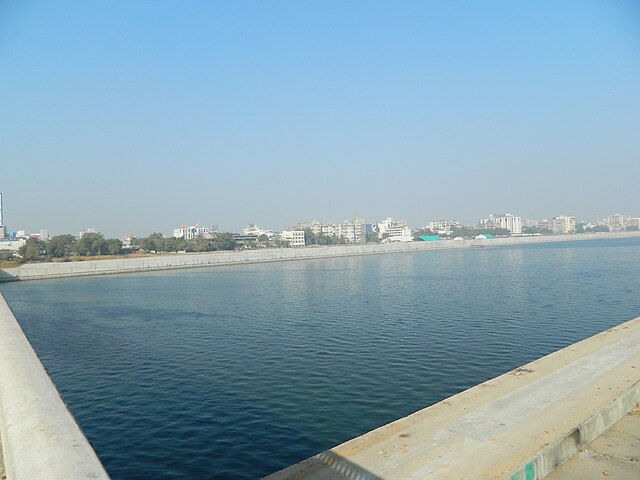Recently, I wrote an article for Swarajya about Nitin Gadkari’s plans to develop Highway Strips or Road Highways for defence and civilian purposes in India. You can read the article here.
A reader posted a comment, suggesting the use of Zeppelins as a mode of transport.

Now, Zeppelins [often incorrectly referred to as Blimps] have always fascinated me. A Blimp is a Non-Rigid Airship, while a Zeppelin is a Rigid Airship. Developed in the late 19th Century by the Count Ferdinand von Zeppelin, it was patented in Germany in 1895 and the United States in 1899. They made their first commercial appearance in 1910, operated by Deutsche Luftschiffahrts-AG (DELAG). They were extensively inducted into the German military as well. They were phased out in 1937 after the Hinderburg Disaster at New Jersey. [Clip Below, else click here to view]
Post 1990, Zeppelin Luftschifftechnik, a daughter enterprise of the Zeppelin conglomerate that built the original German Zeppelins, has been developing Zeppelin “New Technology” (NT) airships, which are semi-rigid vessels.
Now, the important thing to remember that Zeppelins were phased out, their hangers demolished and the all supporting infrastructure disbanded. They were completely phased out in favour of Fixed-wing aircraft, which is where the problem is.
Fixed-Wing aircraft, which we fly in, the aeroplanes, have a major disadvantage; fuel consumption.
As per SuchindranathAiyer’s comment: In winged aircraft, 75% of fuel is spent on “lift” which is saved by using Zepellins. Again, Zepellin have last mile advantage as they can come to Mooring Towers in the city center. They require amazingly less support infrastructure unlike Railways and Airlines. All this would reflect in low travel costs.
This takes us back to my first article on Swarajya where I spoke on the need to invest in Railways as opposed to Aviation because of the slow depletion of fossil fuels.
However, since Zeppelins consume lesser fuel, they can operate at cheaper rates, thus making them more viable as long term alternatives to both winged aviation as well as rail.
The mooring towers can be built in a conveniently accessible location, such as around Kashmere Gate in Delhi, the Sion Causeway in Mumbai, Shanthinagar in Bengaluru, Koyambedu in Chennai. The Terminal building can be built on the lines of a Metro station. The hangars can be built elsewhere where the airships can go after the trip is completed. Hangars can also be built one atop another and land usage can be minimised.
Zeppelins were phased out in 1937. Blimps are still in use, but rarely for long distance transport. While Zeppelins used Hydrogen as the gas to hold them afloat, modern Blimps use Helium to do the same.
It is 2016, technology has evolved massively, research has massively increased in the field of elements and gases as well as in safer docking techniques. Disasters like the Hindenburg crash can be averted with proper use of technology. With research being done for Solar-powered aircraft, Zeppelins too can be made Solar-powered.
The Zeppelin can be good for Short-to-Medium distance transport, such as:
- Mumbai-Valsad-Surat [upto Ahmedabad will anyway be connected by the Bullet Train]
- Mumbai-Pune-Satara-Kolhapur
- Panaji-Belgaum-Hubli
- Bengaluru-Mysore-Madikeri
- Palakkad-Coimbatore-Salem
- Chennai-Mamallapuram-Puducherry
- Chennai-Tirupathi
- Hyderabad-Vijaywada-Amaravati
These routes can have intermediate stops such as multiple pick up points. For example, Mumbai [which currently has 5 Outstation Railway Termini, and 5 State Transport Bus Terminals] can have multiple mooring towers such as Sion, Borivali, Chembur, Mulund, as well as Vashi and CBD Belapur in Navi Mumbai.
The unfortunate incident involving the Hindeburg [resulting in 36 deaths] brought development in airships to a grinding halt. If disasters such as Air India Express Flight 812 [which overshot the runway at Mangalore in 2010, killing 158 people] had happened back then, would it have brought development of winged-aircraft to a halt as well?
Of course, if the sector is opened up to the Private Sector, expect several carriers to light up their buses with LEDs and call themselves LED Zeppelin. On a related note, Led Zeppelin’s self titled debut album had a picture of the Hindenburg Disaster as the album cover.
After all this, you can probably sing “Hawa Mein Udti Jaaye, Oh mera LED wala Zeppelin Helium ka”.
Zeppelins in the Sky, Definitely Worth a Try!
On a related note, in 2016, the Agra-based Aerial Delivery Research and Development Establishment (ADRDE), a division of the Defence Research Development Organisation [DRDO], developed Nakshatra, an unmanned Helium-filled airship for surveillance. This comes four years after a similar system called Akashdeep.
Zeppelins in the Sky, Definitely Worth a Try! Share on X
![]()





